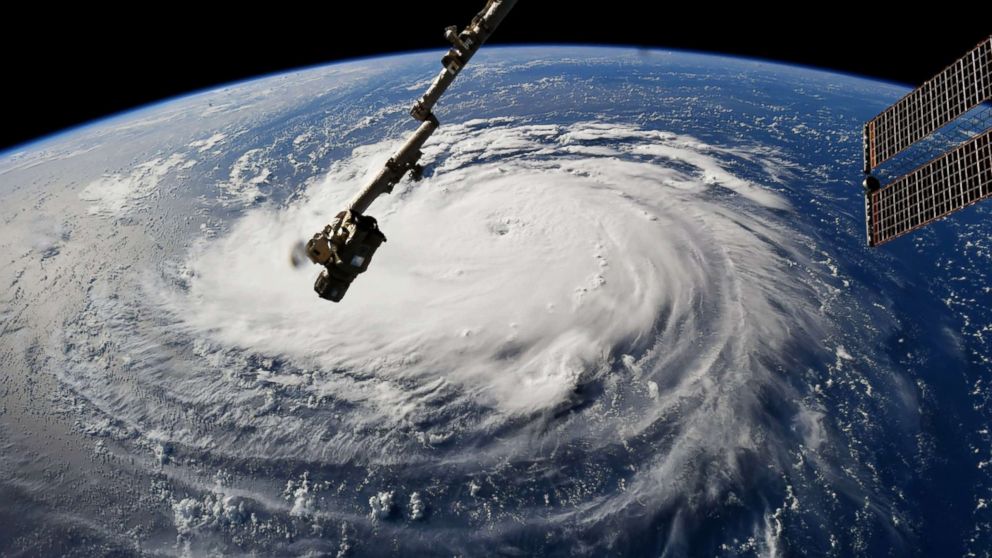ABC News chief meteorologist Ginger Zee explains how hurricanes form
— -- Hurricane Willa, a Category 4 storm, is nearing Mexico and expected to bring life-threatening storm surge to the coast and flash flooding inland.
As the powerful hurricane churns north, here is what you need to know on how hurricanes form:
Hurricanes often start as a group of thunderstorms which feed off the warmth and moisture of the ocean. Air then rises to form more storms and is replaced constantly by the surrounding air. Below all this air rising, low pressure develops.
Riding along the trade winds and rotating counterclockwise -- as a result of the earth's rotation -- a hurricane will keep growing as long as it has three key ingredients:
The eye of the hurricane forms as air rotates up and out of the hurricane and some of the air that's being spun out of the top of the storm sinks back into the center. This keeps the eye of the storm relatively calm and clear.
Immediately surrounding the tranquil eye is the most violent part of the hurricane: the eye wall. The most intense wind speeds at the surface are found there. The most destruction in a hurricane usually comes from the eye wall and the right (front) quadrant.
The combination of high wind speeds inside the storm, the storm's forward motion and the storm surge can lead to a disastrous hurricane.




